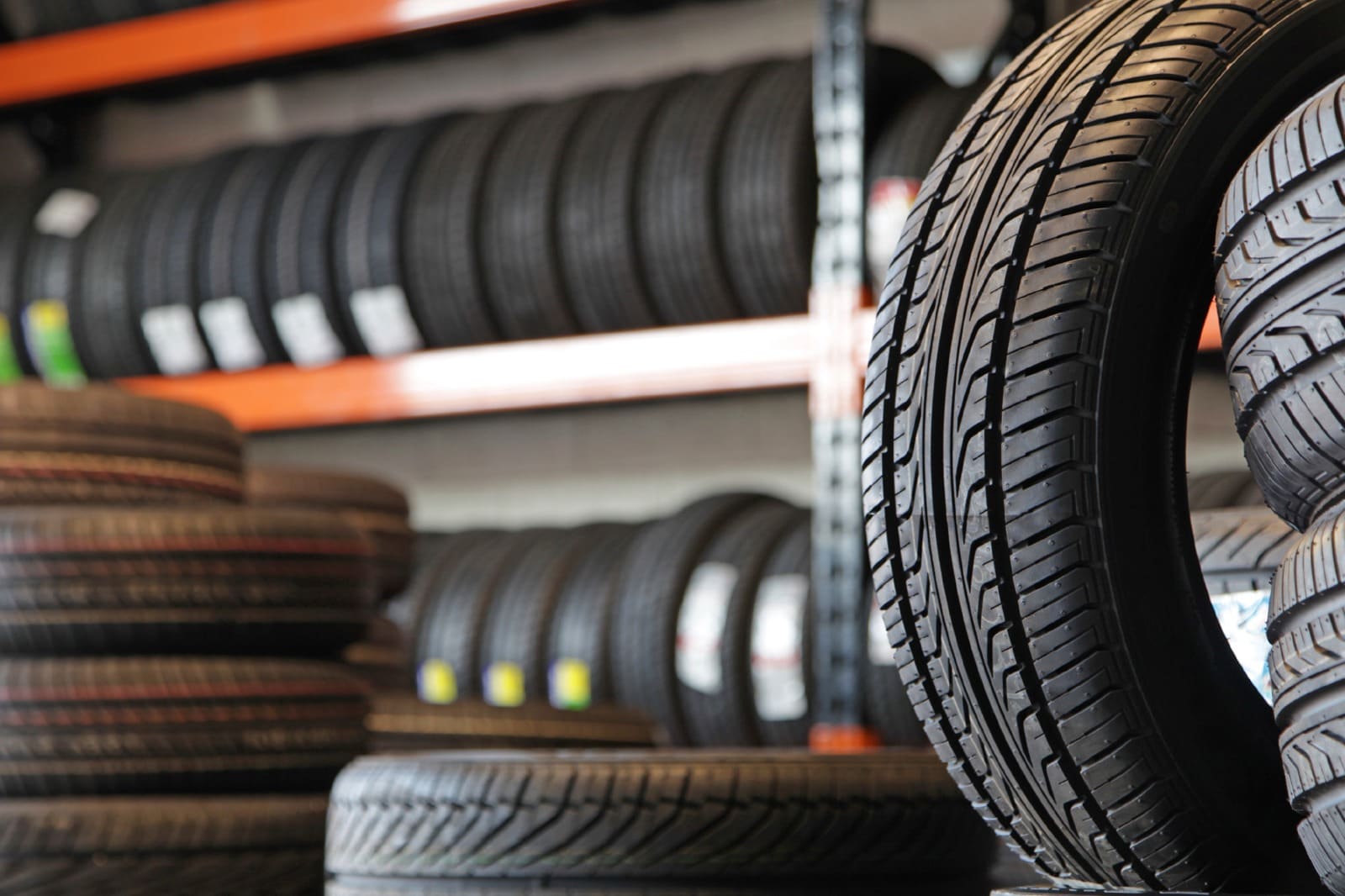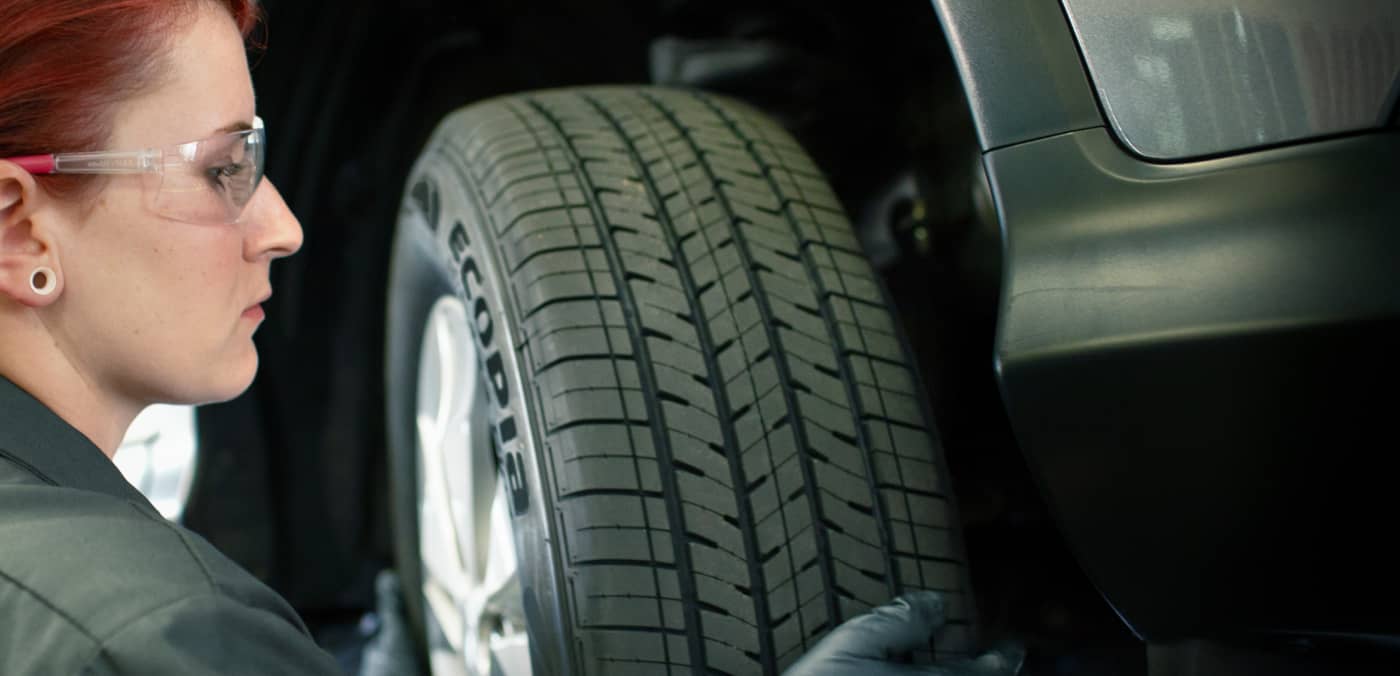All Categories
Featured
Table of Contents
The Michelin supplied a comfortable driving experience, qualified by responsive guiding and a dynamic understeer equilibrium. In spite of the cooler screening conditions, Michelin's consistent time and grasp over 3 laps suggests its viability for real-world applications. Conversely, Yokohama's performance was unique. While its super-quick steering led to a rapid front axle turn, the rear revealed a tendency to turn extra.
The tire's initial lap was a 2nd slower than the 2nd, directing to a temperature-related hold rise. For everyday use, the Michelin could be a safer wager.
Leading Discount Car Tyres
It shared Michelin's secure understeer equilibrium however lacked the latter's desire to turn. Continental and Goodyear's efficiencies were notable, with Continental's new PremiumContact 7 showing a substantial improvement in wet problems compared to its predecessor, the PC6. This design was much less delicate to fill changes and acted similar to the Michelin, albeit with a little much less interaction at the limitation.
It integrated the safe understeer equilibrium of the Michelin and Continental with some stylish handling, proving both foreseeable and fast. As an all-rounder for this Golf GTI, Goodyear's Crooked array was the standout, demonstrating outstanding efficiency in the damp. Finally, the Bridgestone Potenza Sporting activity took the crown as the fastest tyre, albeit by a tiny margin.
Vehicle drivers seeking an exciting damp drive might discover this tire worth thinking about. The standout performer in wet stopping was the most recent tire on test, the PremiumContact 7, though the results are nuanced.
Discount Tyres Near Me – Guildford 6055 WA
Ideally, we desired the cool temperature test to be at around 5-7C, however logistical delays suggested we tested with an average air temperature of 8C and water at 12C. While this was cooler than common examination conditions, it was still warmer than real-world conditions. The warm temperature test was done at approximately 18C air and 19C water.
The 3rd run entailed damp stopping tests on used tires, especially those machined down to 2mm with a little encounter. While we meant to do more with these worn tires, weather restraints limited our testing. It's worth noting that damp stopping is most critical at the used state, as tyres typically enhance in dry problems as they put on.
Bridgestone, Goodyear, and Michelin saw the least performance reduction when used. The Hankook tyre signed up the smallest performance decrease as temperature levels cooled down, but it was amongst the most influenced when worn.
Tyre Shop Services
The take-home message below is that no single tire mastered all elements of wet braking, indicating an intricate interaction of factors affecting tire efficiency under various conditions. There was a standout tyre in aquaplaning, the Continental ended up top in both straight and bent aquaplaning, with the Michelin and Goodyear additionally very great in deeper water.

Yokohama might profit from a little more hold, an issue possibly influenced by the colder conditions. When it comes to managing, all tyres executed within a 2% range on the lap, demonstrating their high-quality performance (Tyre tuning). Considering these tyres essentially target the exact same customer, it's intriguing to observe the significant differences in feel.
The shock is due to the fact that the PremiumContact 6 was just one of my favourites for flashy completely dry drives, but its follower, the PremiumContact 7, appears more mature and looks like Michelin's efficiency. Among these, Hankook was the least specific in guiding and communication at the restriction. Car tyre fitting. Both Michelin and Continental used beautiful preliminary guiding, albeit not the fastest
If I were to advise a tyre for a rapid lap to a newbie, claim my daddy, it would certainly be among these. We have the 'fun' tyres, particularly Yokohama and Bridgestone. Both were speedy to steer and really felt sportier than the others, however the trade-off is a more playful rear end, making them more tough to manage.
Best Tyre Shop Near Me – Guildford WA
It offered similar guiding to Bridgestone but supplied much better responses at the limitation and better grip. The Bridgestone Potenza Sport, nevertheless, appeared to break down fairly rapidly after just three laps on this demanding circuit. Last but not least, there's Goodyear, which placed itself somewhere between the enjoyable tires and those tending in the direction of understeer.
In conclusion, these tyres are excellent performers. For roadway use, I 'd lean towards either the Michelin or Goodyear, relying on your specific choices. In regards to tyre wear, the method made use of in this test is what the industry refers to as the 'gold criterion' of wear. The wear experts at Dekra performed this test, which involved a convoy of cars and trucks passing through a meticulously planned path for 12,000 kilometres.
Both the Bridgestone and Yokohama tyres dramatically underperformed in contrast to the various other four tyres in terms of rolling resistance, with Continental slightly surpassing the rest. Concerning the comfort degree of the tires, as expected, the majority of showed an inverse connection with handling. The Continental, Michelin, and Goodyear tires executed best across different surface kinds checked.

Bridgestone started to show signs of suppleness, while Yokohama was especially jarring over pits. We did determine interior noise degrees; however, as is commonly the situation, the results were carefully matched, and due to weather restraints, we were not able to carry out a subjective evaluation of the tires noise. We looked at abrasion figures, which determine the amount of tyre tread shed per kilometre, normalised to a one-tonne automobile.
Trusted Vehicle Tyres Near Me – Swan
This figure represents the amount of rubber dust your tyres generate while driving. Michelin led in this category, generating over 9% less rubber particle matter.
Latest Posts
Tyre Safety Near Me ( Swan 6063 WA)
Best Premium Tyre Selection – Swan 6090 WA
High-performance Tyres – Eden Hill WA